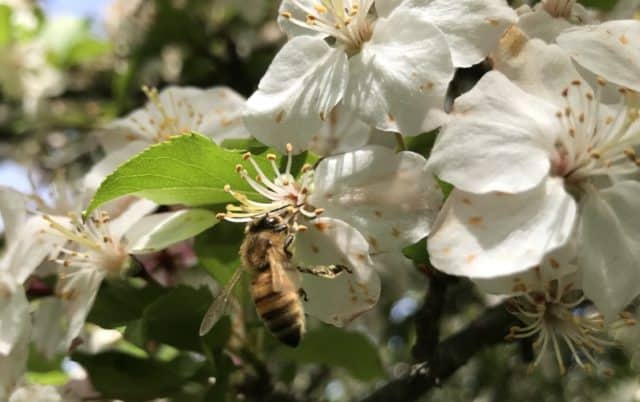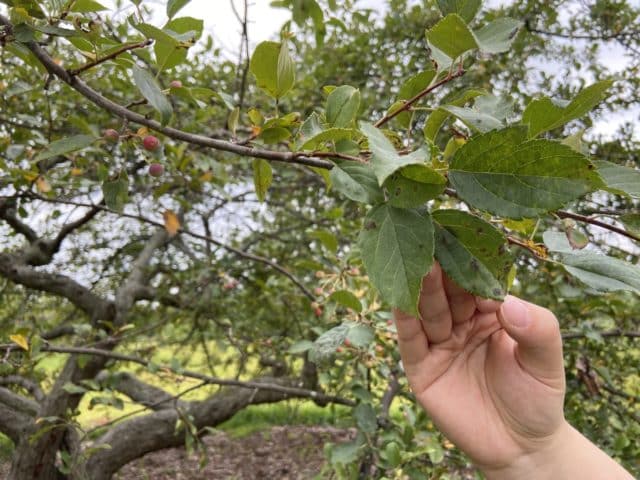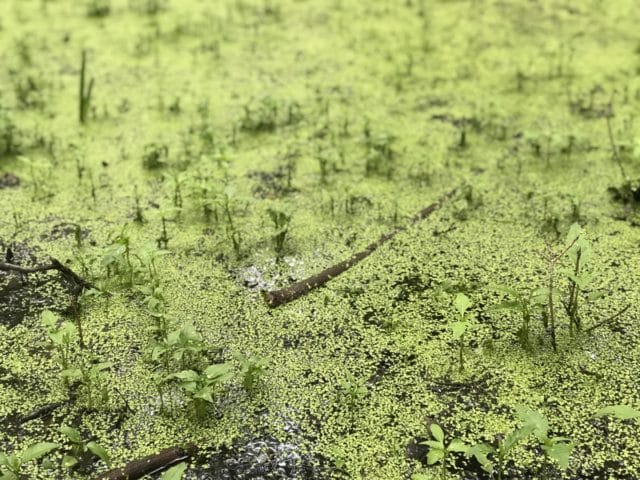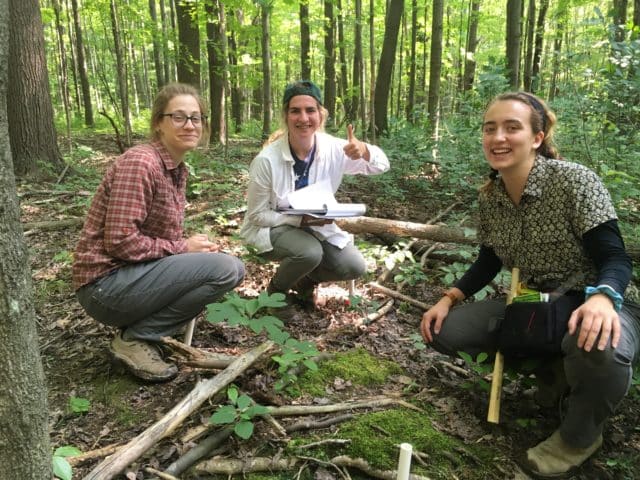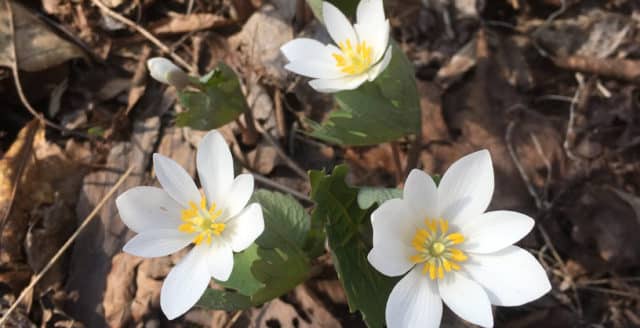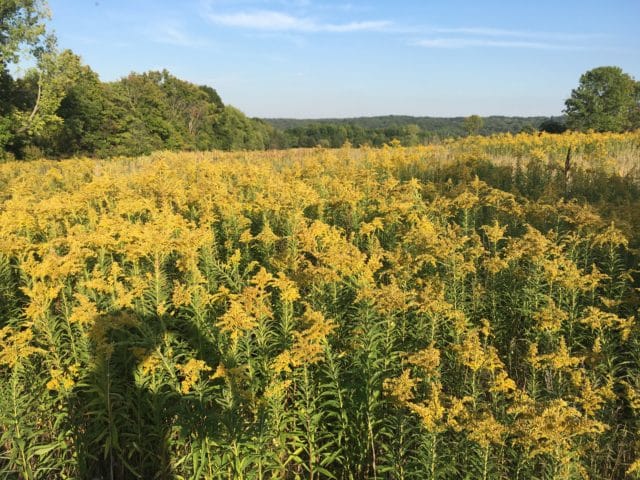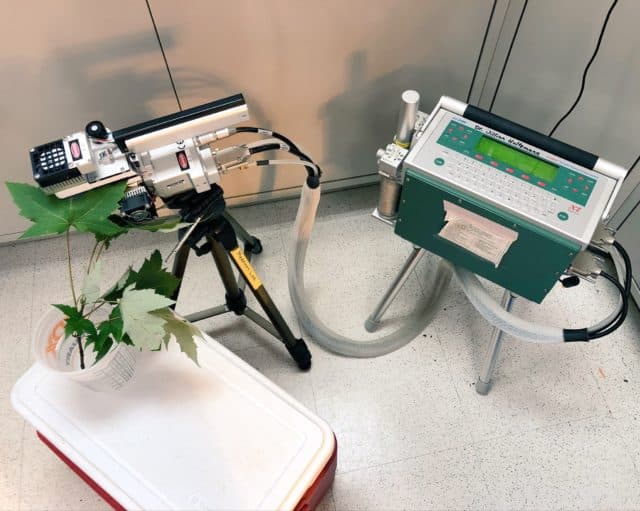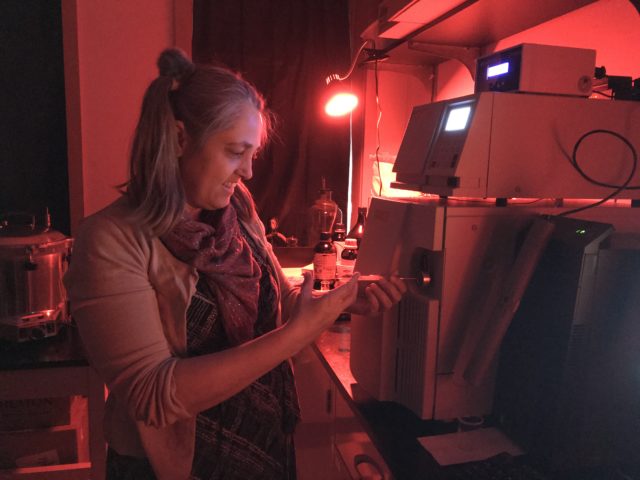Evolutionary EcologyThe perks of genome size in a rapidly changing world
In progress
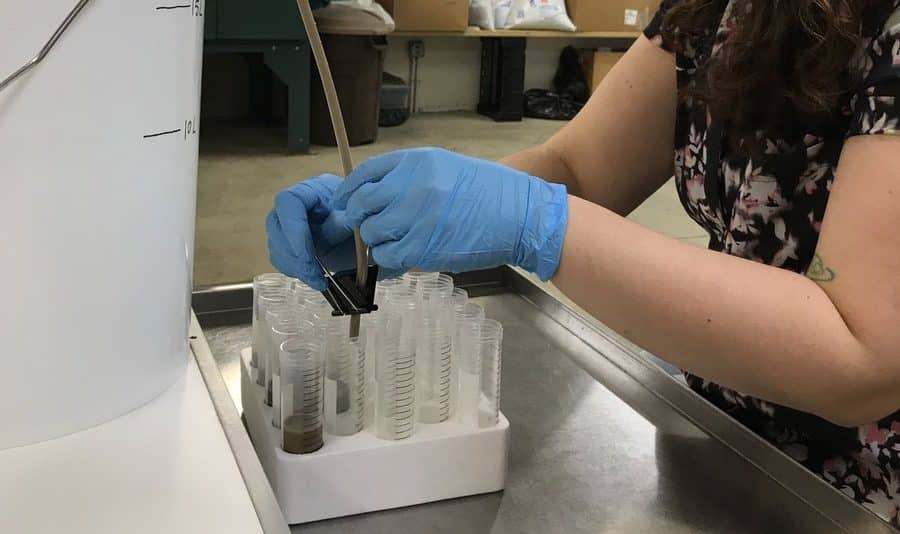
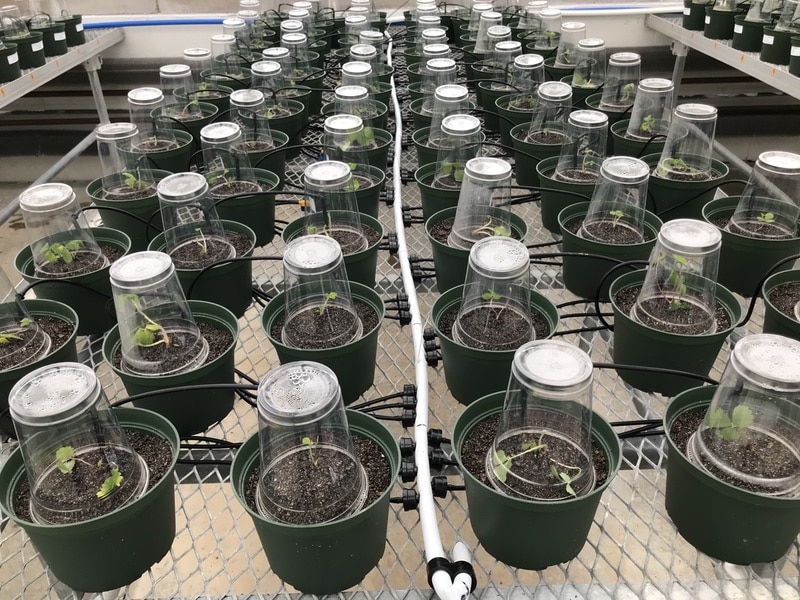
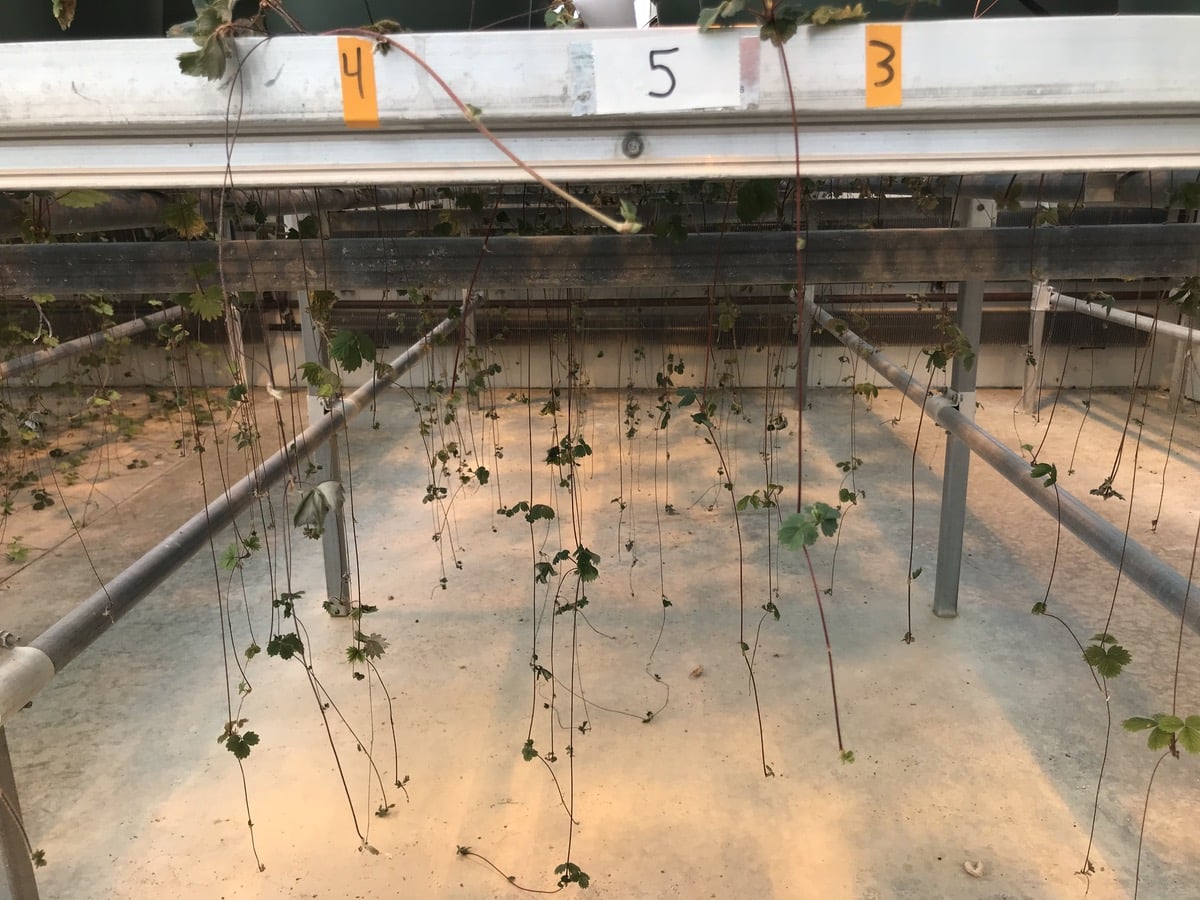

Question
What are the perks of having more ‘genomic currency’ (i.e. larger genome sizes) for plants under rapidly changing environments?
Project Summary
Polyploidy, or whole genome duplication of an organism or cell, exists in all eukaryotes. Not only does polyploidy exist in fungi, insects, fish, amphibians, reptiles, and humans (e.g. cancer cells), but also occurs frequently in plants. Essentially, all flowering plants are ancient polyploids or bear a polyploid ancestry. Around 15% of the speciation events can be linked to polyploidy. For contemporary plant species, around 1/4 to 1/3 are polyploids (i.e. with >2 sets of chromosomes). Thus, polyploidy is considered as one of the most important drivers of plant biodiversity on Earth. Yet, the adaptive importance of polyploidy to environmental change is often implicated but rarely tested.
To address this question, we previously grew diploid and polyploid perennial wild strawberries together in cool coastal, temperate valley, and arid montane regions. We found that polyploids have higher fitness than diploids consistently across the heterogeneous environments. Their fitness can be linked to both leaf functional traits and trait plasticity. We further verified this finding by comparing synthetic polyploid strawberries (with artificially doubled genomes) to diploid strawberries.
While our previous work has elucidated essential ecological mechanisms underlying polyploid success, we yet don’t know the extent to which such polyploid advantage is attributed to plant-associated microbiomes. Thus, our current project aims to address two major questions: (1) Do diploids and polyploids differ in associated microbiomes? (2) How do microbiomes contribute to polyploid advantage in response to environmental change? We address these questions using two diploid–polyploid plant systems: wild strawberries (Fragaria) collected across the globe and the natural populations growing at the Holden Arboretum; and wild apples (crabapples, Malus) at Holden’s National Crabapple Evaluation Project (NCEP) plot. This project involves manipulative experiments, natural and synthetic microbiome inoculation, microbiome sequencing, and plant ecophysiological trait measurements both belowground and aboveground.
Keywords
crabapple, climate change, NCEP plot, microbiome, physiology, polyploidy, soil, strawberry
In the field or lab
Select Publications
- Guo W†, Wei N†*, Hao G-Y, Yang S-J, Zhu Z-Y, Yang Y-P and Duan Y-W. 2023. Competitive asymmetry confers polyploid advantage under environmental stress. Journal of Ecology 111:1327-1339. †co-first author; *corresponding author
- Wei N, Du ZK, Liston A and Ashman T-L. 2020. Genome duplication effects on functional traits and fitness are genetic context and species dependent: studies of synthetic polyploid Fragaria. American Journal of Botany 107:262-272.
- Liston A, Wei N, Tennessen JA, Li J, Dong M and Ashman T-L. 2020. Revisiting the origin of octoploid strawberry. Nature Genetics 52:2-4.
- Wei N, Cronn R, Liston A and Ashman T-L. 2019. Functional trait divergence and trait plasticity confer polyploid advantage in heterogeneous environments. New Phytologist 221:2286-2297.
- Dillenberger MS, Wei N, Tennessen JA, Ashman T-L and Liston A. 2018. Plastid genomes reveal recurrent formation of allopolyploid Fragaria. American Journal of Botany 105:1-13.
- Wei N, Tennessen JA, Liston A and Ashman T-L. 2017. Present-day sympatry belies the evolutionary origin of a high-order polyploid. New Phytologist 216:279-290.











